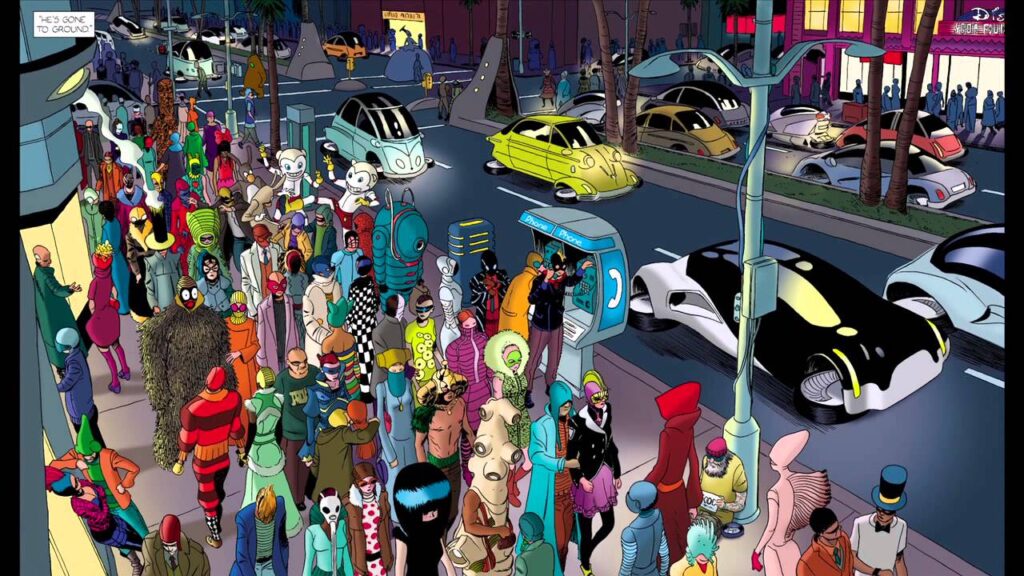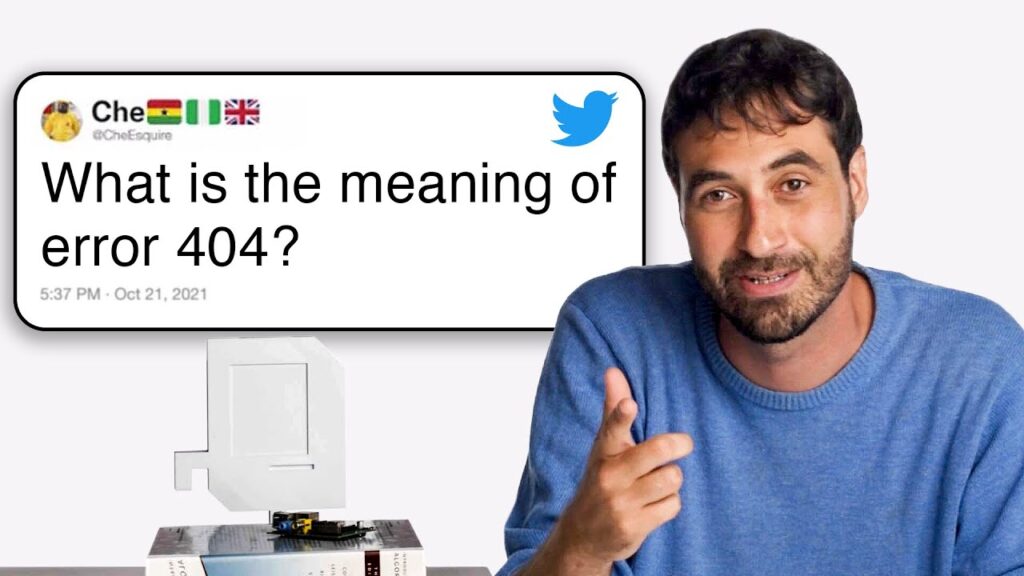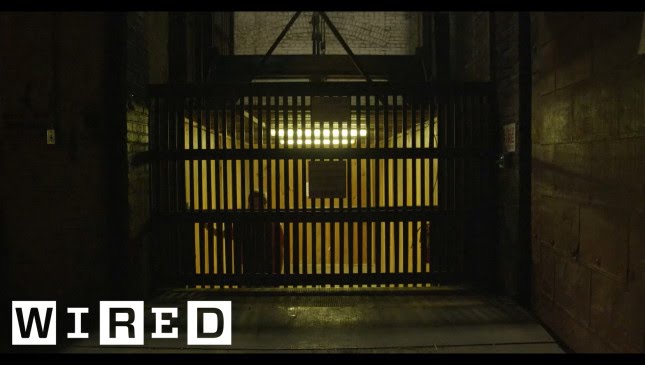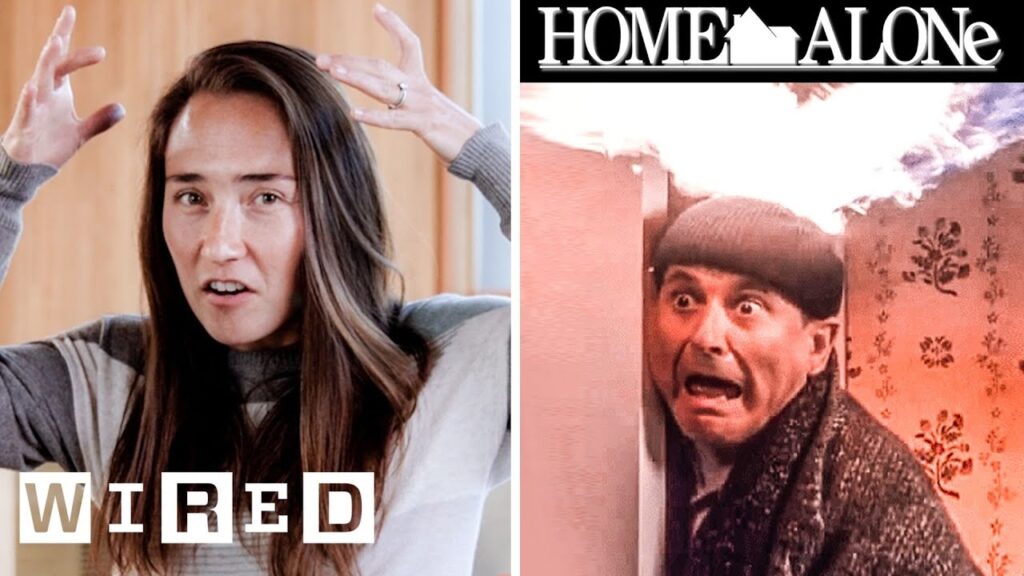Critiquing Medical Scenes in TV and Movies: Insights from a Trauma Surgeon
Summary
In this article, we delve into the world of medical scenes in TV and movies, as seen through the eyes of a trauma surgeon. We explore the inaccuracies and misconceptions portrayed in popular media and highlight the importance of proper training and education in medical procedures and techniques.
Table of Contents
- The Problem with Medical Scenes in TV and Movies
- Proper Training and Education in Medical Procedures
- Robotic Surgery: Advantages and Limitations
- Impaled Objects: What Not to Do
- The Importance of Clear Communication in Medical Settings
- Conclusion
The Problem with Medical Scenes in TV and Movies
Annie Onish, a trauma surgeon, has made it her mission to critique medical scenes in TV and movies. She points out the inaccuracies and misconceptions portrayed in popular media, such as closing the skin over an arterial injury from a gunshot wound, which could result in a hematoma. She also advises against getting shot in certain areas, such as the chest and abdomen. In the movie “Uncut Gem,” there are a couple of inaccuracies in the depiction of a colonoscopy. In the TV show “ER,” a doctor takes a nap in an unused room, but hospitals typically have a designated call room for doctors to rest.
Proper Training and Education in Medical Procedures
The importance of proper training and education in medical procedures cannot be overstated. The use of the cricothyroid membrane for emergency airway insertion, the Heimlich maneuver for choking, virtual reality simulations for surgical preparations, and robot-assisted surgery are just a few examples of techniques that require extensive training and practice. The use of technical terminology and jargon is also highlighted, as well as the need for clear communication in medical settings.
Robotic Surgery: Advantages and Limitations
Robotic surgery is a relatively new technique that has gained popularity in recent years. While it offers advantages such as smaller incisions, less blood loss, and shorter hospital stays, it also has limitations. The surgeon is still in control during robotic surgery, and the robot is merely a tool. Proper training and experience are necessary to ensure the best possible outcome for the patient.
Impaled Objects: What Not to Do
In the case of impaled objects, it is essential not to remove the object until the patient is in a controlled environment. Moving the object could cause further damage and potentially lead to death. It is crucial to stabilize the object and transport the patient to a hospital as quickly as possible.
The Importance of Clear Communication in Medical Settings
Clear communication is essential in medical settings. Medical professionals must use language that patients can understand and avoid using technical jargon. Patients must also be encouraged to ask questions and express their concerns. The use of 3D models to visualize injuries and the potential for patients to ignore severe injuries due to shock are also discussed.
Conclusion
In conclusion, the portrayal of medical scenes in TV and movies can be inaccurate and misleading. It is crucial for medical professionals to receive proper training and education in medical procedures and techniques. Robotic surgery, impaled objects, and clear communication are just a few examples of important topics in the medical field. By understanding the limitations and advantages of different approaches, we can work towards providing the best possible care for our patients.







